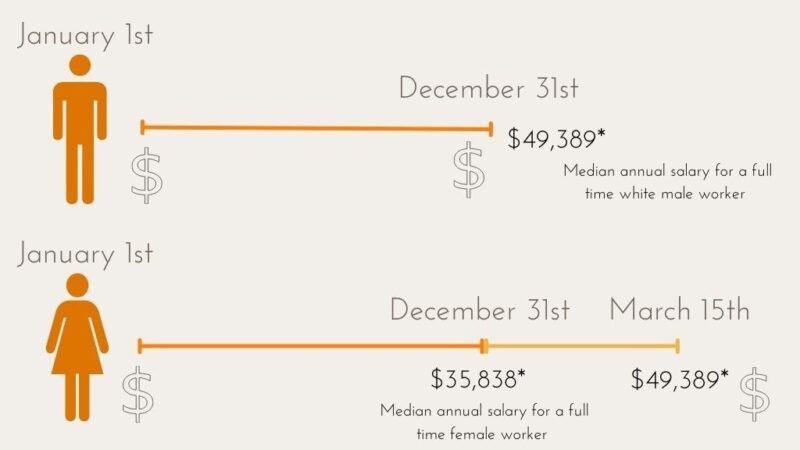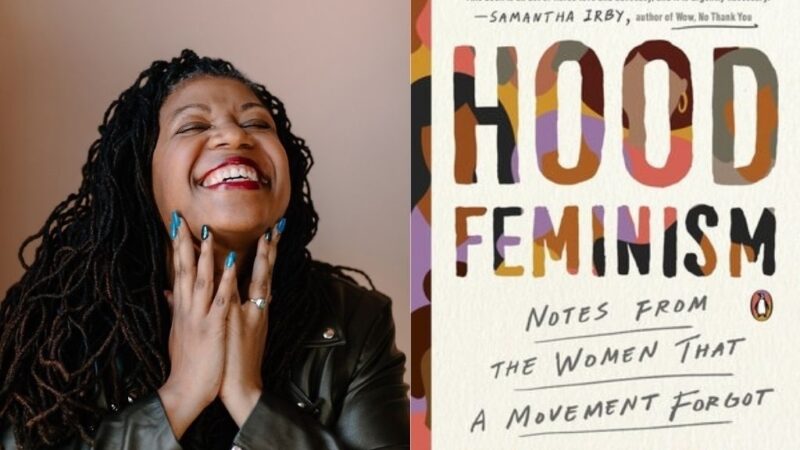PowerHouse Blog
The History of International Women's Day
March 08, 2022 | By Kelly Curtis
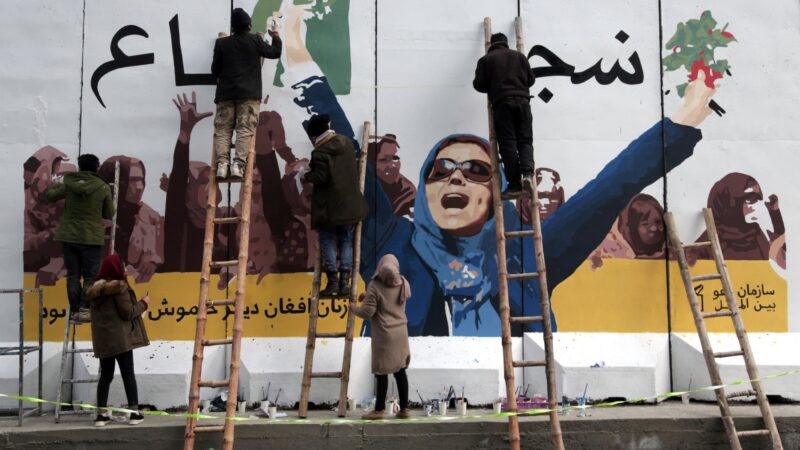
Source: New York Times
March 8 is known worldwide as International Women’s Day, a day to celebrate the historical and present accomplishments of women, and draw awareness to the issues that still affects women’s lives unequally.
And while there is much to celebrate on International Women’s Day, did you know the reason we celebrate each year on March 8 is rooted in protest?
International Women’s Day is celebrated because the women’s suffrage and labor movements helped push this day onto the global stage forever.
Key Historical Dates
- 1901- The first National Women’s Day was held in the United States on February 28 by the Socialist Party of America in honor of the 1908 garment workers strike, where the female-dominated industry protested working conditions.
- 1910- The first European day was established by Socialist International at a meeting in Copenhagen, Denmark to honor the women’s and universal suffrage movement.
- 1913- International Women’s Day becomes a way to protest World War I.
- 1915- On April 15, a huge gathering of over 1,300 women from over 12 countries is held in the Netherlands.
- 1917- Russian women held “bread riots” over the high prices of food. The 'Bread and Peace’ protests helped spark the Russian Revolution. The provisional government formed after the revolution became the first government of a major power to grant women the right to vote.
- 1975 (International Women’s Year)- Post World War II, the United Nations begins commemorating March 8 as International Women’s Day.
- 1977- International Women’s Day is officially recognized by the United Nations.
Sources: UN Women’s Day Observances
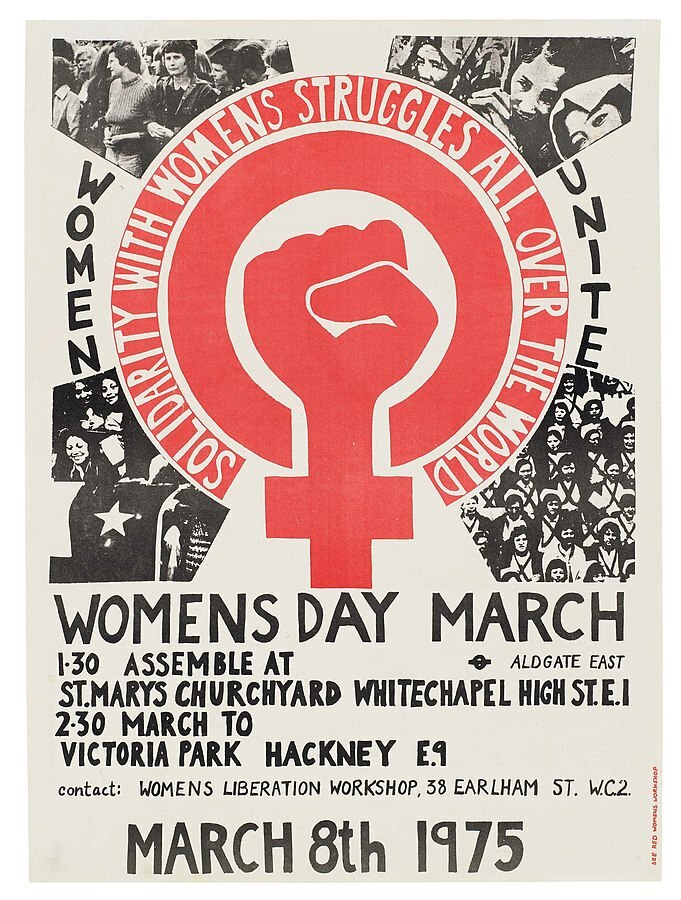
Source: ArtBook
Celebrating the Progress We’ve Made
In the last few years, we’ve witnessed great progress for women.
2018
- A record 36 women ran and won places in the U.S House of Representatives.
- Ireland repealed one of Europe’s most restrictive abortion bans.
- Ethiopia elected its first female president Sahle-Work Zewde.
- Saudi Arabian women were allowed to attend soccer matches and drive legally for the first time. Source: NYT
2020
- The U.S elected its first female vice president, Vice President Kamala Harris, who also is the first bi-racial woman to hold the role.
- Scotland made period products free for all people who menstruate.
- Equal pay was recognized for soccer players in Brazil and Sierra Leon.
- TIME’s Kid of the Year was fifteen-year-old scientist, Gitanjali Rao.
- New Zealand appointed their first Māori foreign minister, Nanaia Mahuta and the first woman in parliament to have the traditional Māori chin tattoo. Source: UN Women
2021
- Amanda Gorman became the youngest poet to perform at a presidential inauguration.
- Sarah McBride became the first transgender female senator.
- Sarah Thomas became the first female referee at the IV Super Bowl.
- Ngozi Okonjo-Iweala became the first woman and first African to head the World Trade Organization since its founding in 1995.
- MJ Rodriguez became the first trans woman nominated for a major acting Emmy.
- Simone Biles became the first and only woman to attempt and complete a Yurchenko double pike on the vault at the U.S Classic.
Source: Insider
There is Still Much Work to Be Done
And yet we have a long road ahead of us.
- In 2016, more than 130 million women and girls did not go to school.
- Between 1901 and 2018, (only 52 women) have won the Nobel Peace Prize- that’s 5.7%.
- 1 in 3 women has experienced physical or sexual assault in their lifetime according to the World Health Organization.
- Over 50% of women account for those living with HIV/AIDS.
- Globally, women still earn 77% of what men do.
- “No woman has ever been known to hold these jobs: secretary-general of the United Nations; archbishop of Canterbury; Catholic priest; prime minister of Belgium, the Netherlands, or Spain; governor of the Bank of England; and president of the United States.” Source: NYT
The pandemic has also had detrimental effects on women’s liberation. Women globally spend three more hours daily on chores and caretaking than men. This gap widens in Africa and Northern Asia and has only increased as the pandemic has continued.
Violence against women and children has increased because of lockdowns, and the pandemic has shown the chasm-sized gap in healthcare and resource allocation for women of color and disabled women in the United States (and worldwide). Source: UN
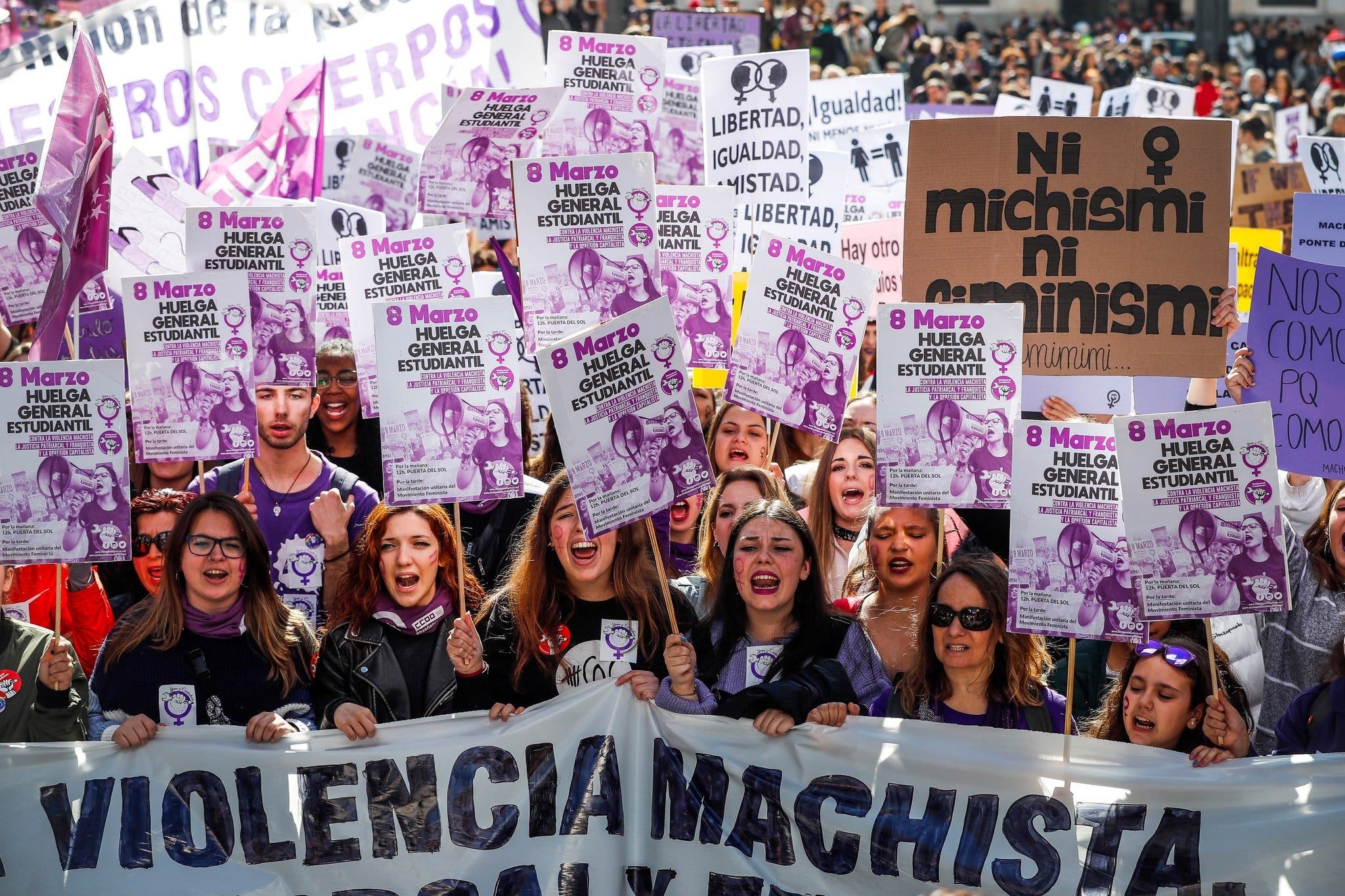
Source: New York Times
Honoring International Women's Day Today
Although there are still many countries that are proving they take women’s and girls’ rights as a political and policy priority, some have used International Women’s Day as an opportunity for a combination of Mother’s Day or Valentine’s Day, creating a commercialized holiday which encourages men to buy flowers, chocolates, or other gifts for the women in their lives.
Russia, Italy, and China all have a tradition of giving things to women on this day, and Chinese women are technically lawfully allowed to take a half-day off work on March 8, but few businesses implement this policy. Chinese feminists and Russian feminists have both been arrested for protesting for equal rights and in 2019 “the Russian newspaper Kommersant ran a story with the headline ‘Thank you for the flowers, but I demand respect.’” Source: Stylist.co.uk
In other countries like Argentina, Nepal, and Turkey women use March 8 as a day to protest working conditions, sexual harassment, and reproductive justice bans.
It’s important to celebrate the political, social, and economic gains women have fought for and won. It’s equally important to use International Women’s Day as an opportunity to point out the need for changes in local, national, and international spaces to create justice and dignity for women.
Tell us your plans for this International Women’s Day. How are you marking the occasion? Through celebration? Through protest? We hope you have plans to both celebrate women’s accomplishments and take action for women’s equality.
Sources: UN History, How the day is celebrated across the globe, “Bread and Roses”-American female labor leaders, History of Women’s Rights in Three Minutes, Women’s History Comic.


